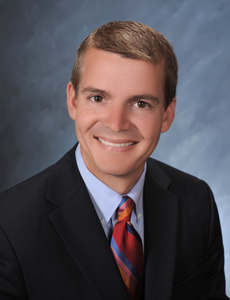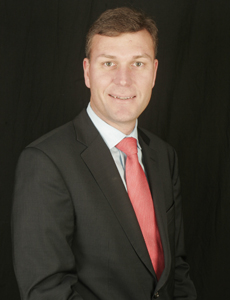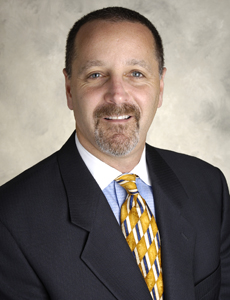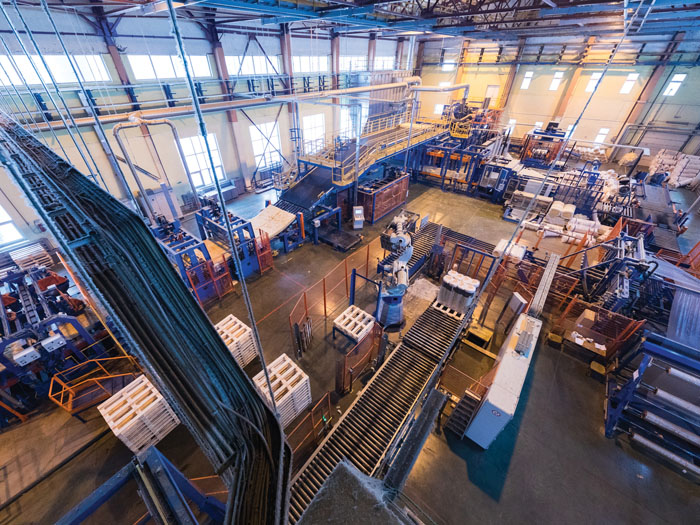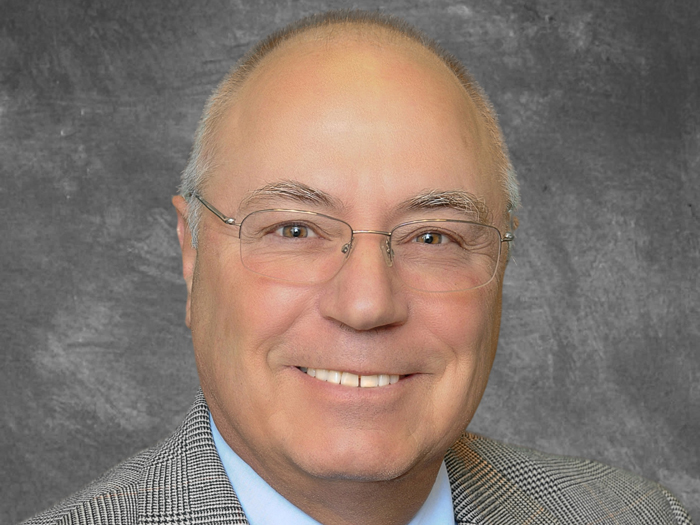NAPSLO 2015
Surplus Lines See Pressure on Rates

Excess capacity, an abundance of capital and few CAT losses are driving pressure on rates in many lines of business, yet premiums are rising as well. That’s the situation for surplus lines, said Brady Kelley, executive director of the National Association of Professional Surplus Lines Offices.
The annual NAPSLO conference earlier this month in San Diego drew about 4,200 brokers, carriers and other insurance professionals – a new record attendance, Kelley said.
The slowly recovering economy is increasing the need for surplus lines coverage, he said, noting a 6.7 percent growth in surplus lines direct premium written (DPW) in 2014 over the prior year, reaching $40.2 billion – the highest in history, according to A.M. Best.
While surplus lines carriers continue to “feel pressure on rate,” he noted that “there is a lot of optimism. The market is growing and that’s a good thing.”
As always, cutting-edge carriers are tackling the latest risks associated with drone technology, driverless cars and the sharing economy, such as Uber, as well as an ongoing demand for cyber protection, he said.
Some of the legislative items NAPSLO is paying attention to are adoption of a flood modernization bill that would continue to allow surplus lines carriers to provide coverage; formation of the National Association of Registered Agents & Brokers (NARAB II) board that would streamline nationwide registration of brokers; and exemption from the “burdensome” Foreign Account Tax Compliance Act (FATCA) regulations that require brokers to collect premiums from clients on behalf of foreign carriers
No End in Sight for M&As
Mergers and acquisitions in the insurance industry will continue due to excess capacity, a need for expertise and talent, and the benefits of scalability, said Alan Jay Kaufman, chairman, president and CEO of Burns & Wilcox.
The impact for risk managers will be fewer choices, he said.
“They will have more limited opportunities,” Kaufman said. “Risk managers will have to be better. They will have to have more expertise to deal with expertise. Experts want to deal with experts.”
Among the major M&A’s impacting both insurers and brokers, are Ace/Chubb, XL Catlin, AmWINS Group/Colemont Insurance Brokers, Tokio Marine/HCC Insurance Holdings, Global Indemnity/American Reliable and Fosun Group/Meadowbrook Insurance.
“These are very large acquisitions of consequence, and what is that going to do for our world?” — Alan Jay Kaufman, chairman, president and CEO, Burns & Wilcox
“There seems to be a heightened interest in who’s next,” he said. “These are very large acquisitions of consequence, and what is that going to do for our world?”
He envisions more limited distribution by insurers “in order to get more market share.”
“The relationship of being a broker or MGA is going to become more valuable in the future,” he said.
The lack of talent and the need for expertise is a key reason for the M&As, he said
“The insurance industry overall doesn’t have enough new talent coming in,” he said. “That’s why people are taking from each other.”
But, he noted, companies don’t have to be big to have expertise. “There will always be a place for expertise in boutique companies.”
Need for Technology
Commercial lines insurers are, generally speaking, behind the technology curve, at least as it comes to providing user-friendly web platforms for clients or the brokers that serve them.
“Where I believe insurers have made significant progress over the last decade or so, it’s been notably in the personal lines arena, such as travel, life, health or auto insurance,” said Michael Sillat, president and CEO of WKFC Underwriting Managers, a subsidiary of Ryan Specialty Group.
He noted, however, that there are a growing number of standard commercial business policies that can be procured on the web these days as well.
“Carriers that offer, or are developing products that a web platform can help distribute, quote, bind and issue, have been, and will continue to become more and more prevalent in future,” he said.
“For now, I think all insurance companies are at least looking at it.
“No doubt, some probably wonder how on earth they can do it, but in my opinion, they have to, whether they develop the technology in house or outsource to an entity with such capabilities.”
“Carriers that offer, or are developing products that a web platform can help distribute, quote, bind and issue, have been, and will continue to become more and more prevalent in future.” — Michael Sillat, president and CEO, WKFC Underwriting Managers
A big part of the process requires developing sufficient intelligence, driven by data analytics and predictive modeling, to create and implement pricing algorithms, so that insurers can integrate risk-based decision-making tools into online platforms or at least within internal underwriting systems.
The excess and surplus lines should be able to provide such online access, he said.
Although given the diversity of the risks that enter this space, the challenge is greater and therefore, development in this arena, while not at all impossible, will probably require a longer gestation period than for standard lines.
A Competitive Environment
Bruce Kessler, division president, ACE Westchester, agreed that excess capacity in the market is making the insurance market more competitive in some lines.
E&S insurers “have to be really quick to adapt to a changing marketplace and use data to tell us what to do in addition to intuitive and experienced underwriting. … How we manage a portfolio and use data is never static.
“It’s generally hard to write new property business because at renewals, [the incumbent carrier] will take the business at a lower rate,” he said.
Casualty is also more challenging, he said, although not as fiercely competitive as property.
ACE Westchester continues to build out product in such lines as product recall, railroad, professional risk, private company D&O, life sciences, and allied medical services, he said
“While rates get more competitive, I think the results in those lines of business are still pretty good.”
Some structural changes as part of the ACE/Chubb integration — which is scheduled to close in Q1 2016 — will bring together ACE Westchester and Chubb Custom’s E&S businesses, which includes the wholesale sales and program business, he said.
“It will be a powerful platform, so we are excited about it,” Kessler said.
The integration overall, he said, is ongoing and complex, but “it’s a good match-up in appetite and product” and will allow the company to combine data and resources.
E&S in Transition
The E&S market is in transition, with significantly more competitiveness than in early 2015, said Vincent Tizzio, president and CEO of Navigators Management Co. Inc.
Nevertheless, while E&S will ebb and flow over the years, it has grown to about 7 percent of total property/casualty DPW in 2014, he said.
And in the 10-year period ending 2014, according to A.M. Best, surplus lines insurers grew from a 6.1 percent share of commercial lines DPW in 1994 to 13.9 percent in 2014.
“The death of the E&S marketplace has been predicted many, many times, said Jeff Saunders, president Nav Specialty, “and as many times as its demise has been predicted, it’s been reinvented or has evolved” by focusing on service, solutions, underwriting expertise and client need.
One way it needs to evolve again requires technological advances. Insurers need to use data, segment customers, enhance cost containment and offer a self-service approach to insurance, particularly for small to midsize businesses, Tizzio said, noting there have been some “nascent” advances in the commercial space.
“No one seems to have the special sauce to create technology solutions that aren’t rendered obsolete before they can be rendered,” he said.

